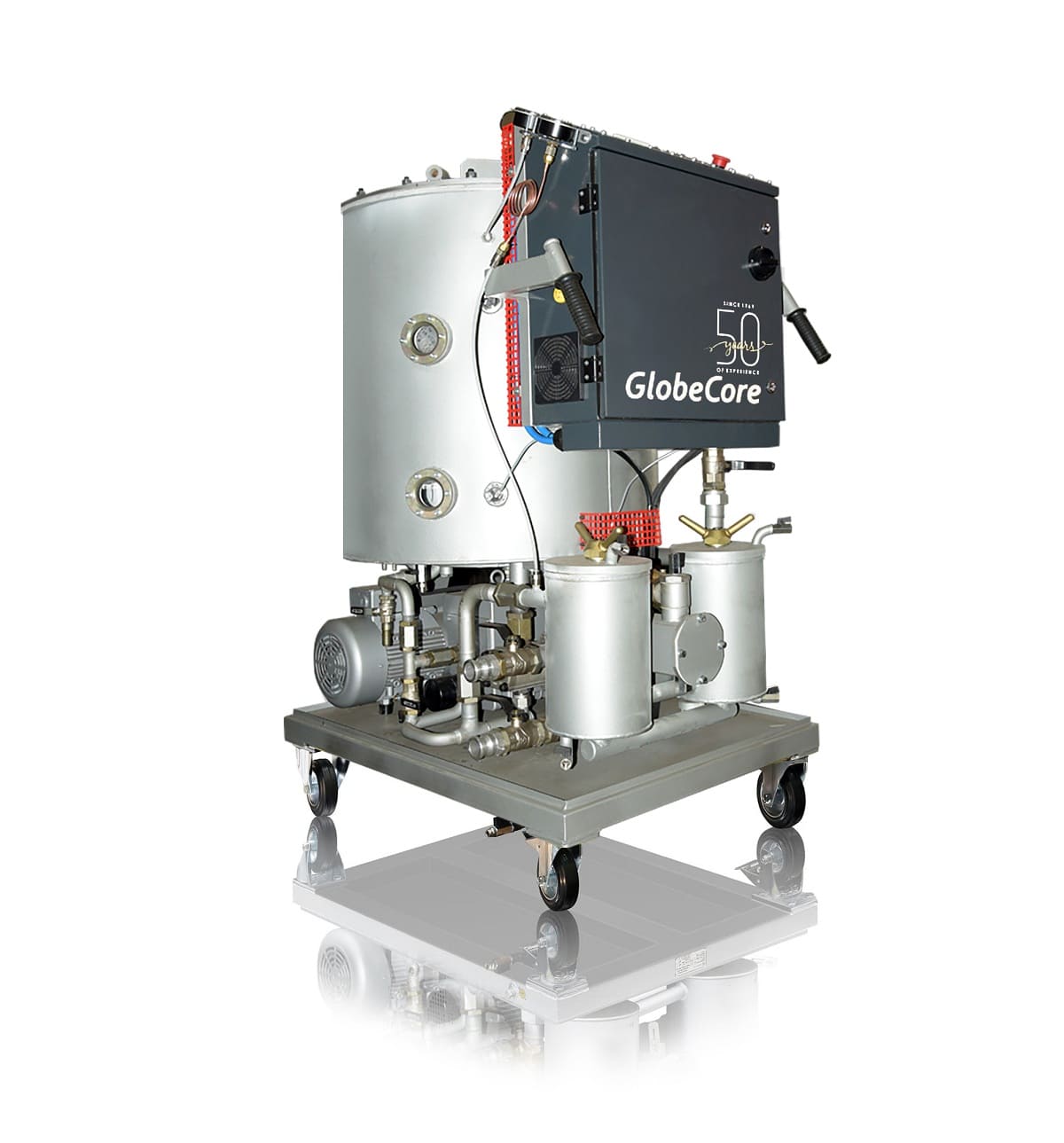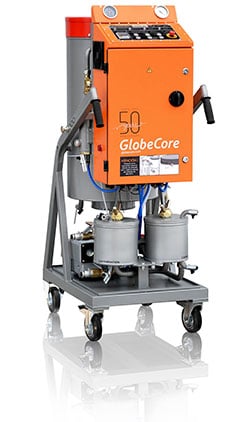What are the signs of Hydraulic Oil Degradation, and how can they be detected?
- Este tópico contém 1 resposta, 2 utilizadores e foi actualizado pela última vez há 1 ano, 2 meses por .
Answers
-
Outubro 7, 2024 às 5:15 am by Joshua Roberts
Signs of Hydraulic Oil Degradation include changes in color, increased viscosity, presence of sludge or deposits, elevated acidity levels, and increased moisture content. Color Changes from clear or amber to dark brown or black indicate oxidation and contamination. Increased Viscosity can result from the formation of oxidation byproducts, affecting oil flow and lubrication efficiency. Sludge and Deposits within the oil suggest significant contamination and chemical breakdown, which can clog filters and damage components. Elevated Acid Number signifies the presence of acidic compounds that can corrode metal parts and degrade seals. High Moisture Content reduces the oil’s dielectric strength and accelerates corrosion. These signs can be detected through regular oil sampling and testing, utilizing methods such as Karl Fischer titration for moisture, titration for acid number, and visual inspections for color and particulate matter. Dissolved Gas Analysis (DGA) can also identify gases indicative of oil degradation. Early detection of these signs allows for timely maintenance actions, such as purification, filtration, or oil replacement, to prevent system damage and ensure continued hydraulic system performance.



